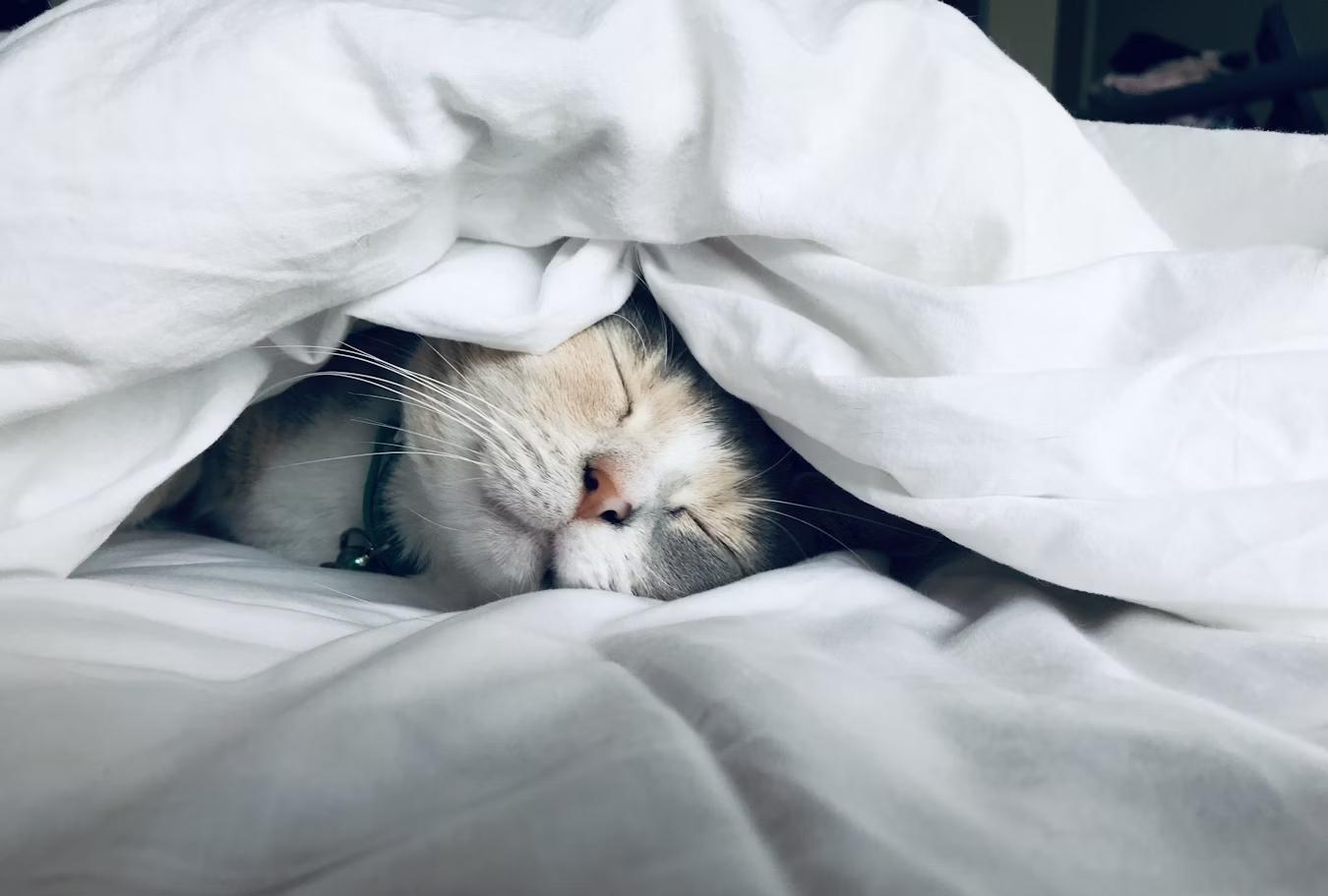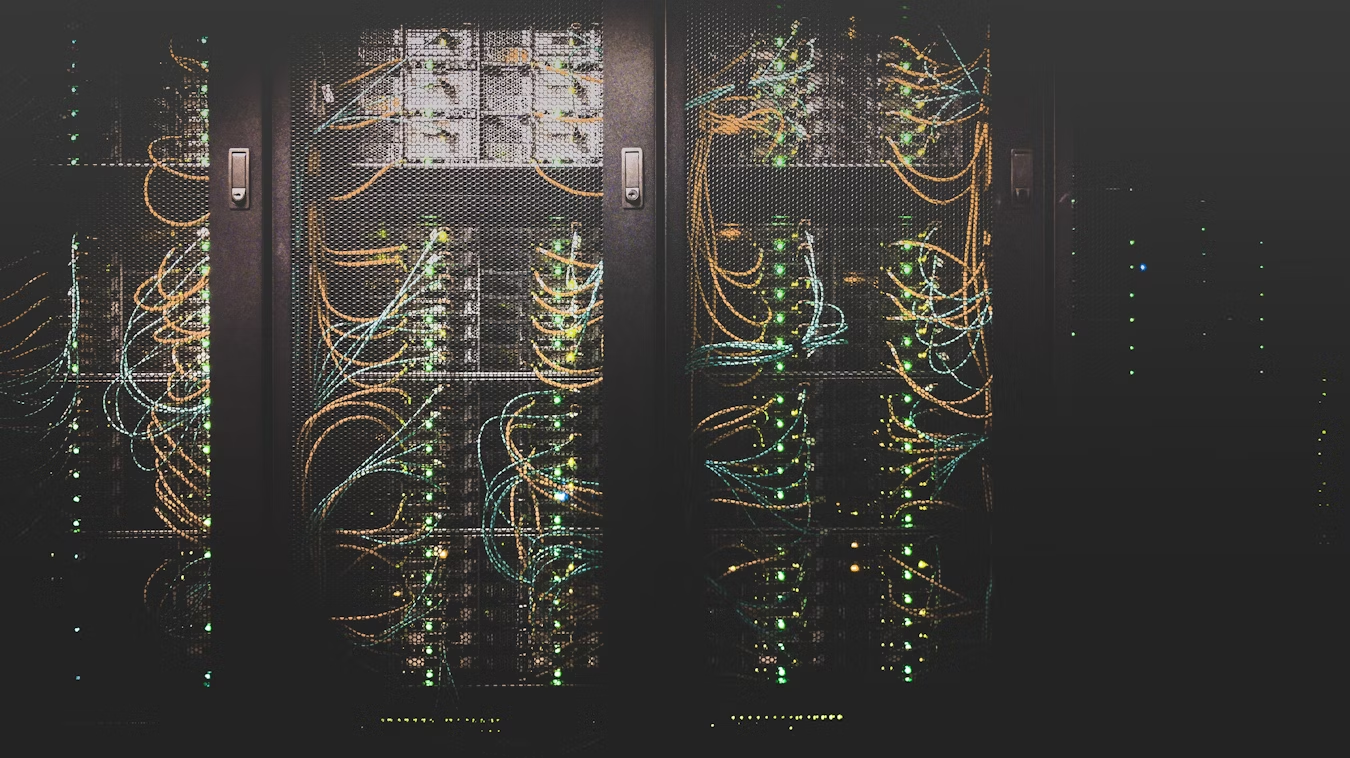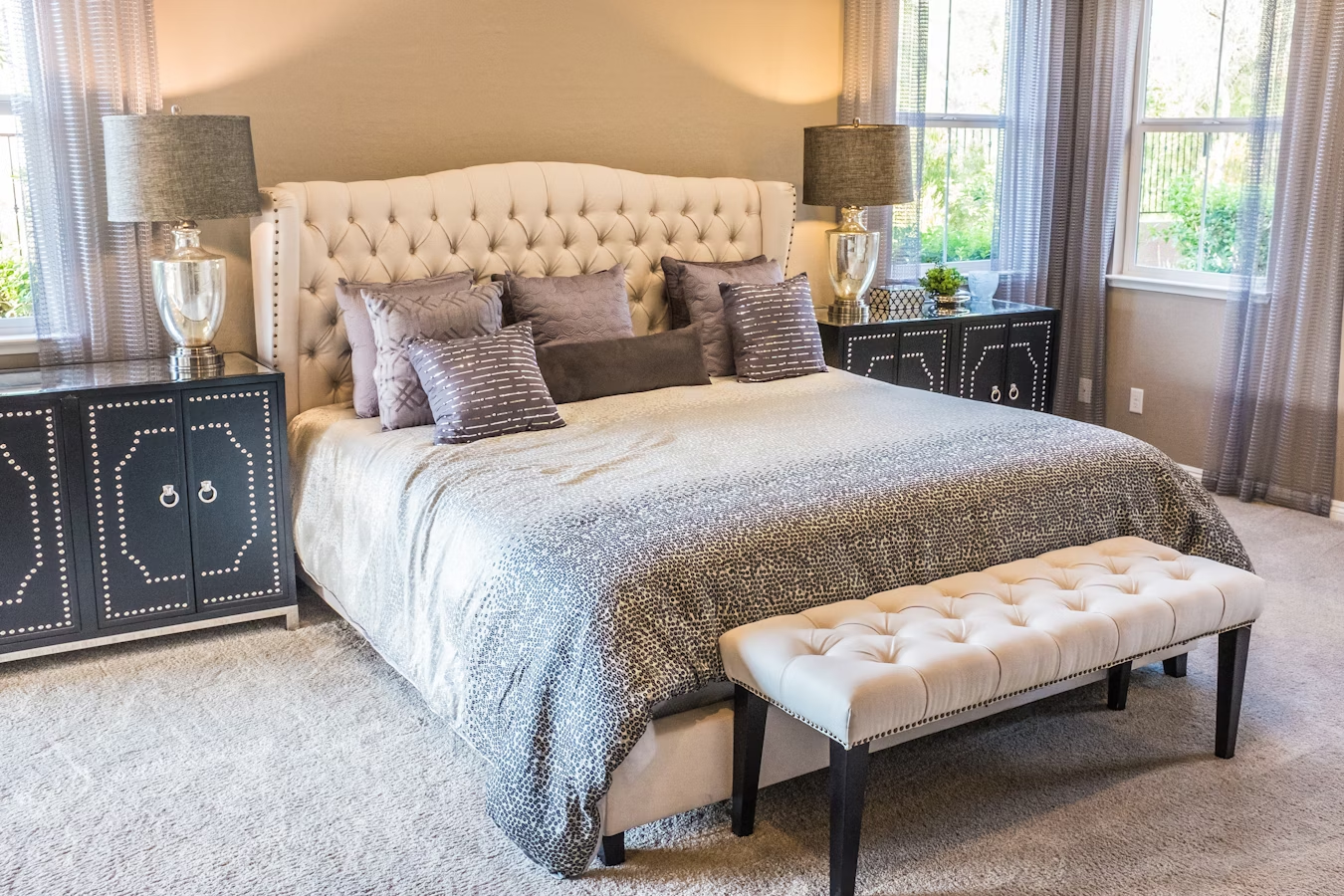How to Use White Noise for Better Sleep

Are you tired of tossing and turning at night? Do you find yourself waking up at the slightest sound? You're not alone. In our increasingly noisy world, many people struggle to get the quality sleep they need. The good news is that white noise and other sound therapies might be the solution you've been looking for.
What Is White Noise and How Does It Help Sleep?
White noise is a consistent sound that contains all frequencies audible to the human ear at equal intensity. Think of it as a gentle "shhhh" sound that masks disruptive background noises. Unlike silence, which allows sudden sounds to jolt you awake, white noise creates a blanket of sound that helps your brain filter out disturbances.
Scientific research supports the effectiveness of white noise for sleep improvement. A 2021 study found that white noise significantly improved sleep quality for people who had difficulty sleeping due to environmental noise. Participants reported falling asleep faster and experiencing fewer nighttime awakenings.
Beyond White Noise: Understanding Pink and Brown Noise
While white noise gets most of the attention, there are actually several "colors" of noise that might better suit your personal sleep preferences:
White Noise
Contains all frequencies at equal intensity, similar to static or the sound of a fan. It's excellent for masking sudden noises that might wake you up.
Pink Noise
Pink noise reduces higher frequencies, creating a deeper, more balanced sound that many find more soothing than white noise. It resembles steady rainfall or gentle wind and has been shown to not only improve sleep quality but may also enhance memory consolidation during deep sleep.
Brown Noise
Also called red noise, brown noise has even less high-frequency content than pink noise, producing a deeper, rumbling sound similar to thunder or a waterfall. Many people who find white noise too harsh prefer brown noise for its rich, bass-heavy qualities that can feel more enveloping.

White Noise for Different Age Groups
White Noise for Babies
Many parents swear by white noise for helping their little ones sleep. It mimics the sounds babies heard in the womb, creating a familiar and comforting environment. White noise can help babies fall asleep faster and stay asleep longer by masking household sounds that might otherwise wake them.
White Noise for Adults
Adults benefit from white noise in different ways. For those living in noisy environments or with partners who snore, white noise provides consistent sound masking. It's also particularly helpful for shift workers who need to sleep during daylight hours or for travelers adjusting to new environments.
Popular Sleep Sound Options Beyond Noise Colors
While white, pink, and brown noise are effective sleep aids, many people prefer more naturalistic sounds:
Ocean Sounds for Sleep
The rhythmic pattern of waves breaking on shore creates a soothing, predictable sound environment that many find deeply relaxing. Ocean sounds combine elements of white and pink noise with natural variations that aren't jarring.
Rain Sounds for Sleep
Gentle rainfall provides a consistent background noise with slight variations that many find perfect for sleep. Rain sounds mask disruptive noises while creating a cozy atmosphere that encourages relaxation.
Sleep Sounds for Specific Conditions
Sleep Sounds for Insomnia
For those struggling with insomnia, consistent sounds can help quiet an active mind. Many insomnia sufferers report that having something neutral to focus on helps prevent racing thoughts that typically keep them awake.
Calming Sounds for Anxiety
Anxiety can make falling asleep nearly impossible. Gentle, predictable sounds help activate the parasympathetic nervous system, reducing stress hormones and creating a sense of safety that makes sleep possible.
Advanced Sleep Sound Therapies
Binaural Beats for Deep Sleep
Binaural beats are a fascinating auditory phenomenon where two slightly different frequency tones are played in each ear, creating a third "phantom" beat that can influence brainwave activity. Specific frequencies (around 0.5-4 Hz) may help promote delta waves associated with deep sleep.
Free Sleep Music and Healing Sleep
Many apps and platforms offer specially composed sleep music designed to gradually slow your heart rate and breathing, guiding you gently into sleep. These compositions often incorporate elements of white noise while adding musical components that promote relaxation.
How to Use White Noise for Sleep: Practical Tips
White Noise Machines for Sleep
Dedicated white noise machines offer consistent, high-quality sound without interruptions or advertisements. Many models feature multiple sound options, timers, and volume controls to create your perfect sleep environment.
White Noise Apps for Sleep
If you're not ready to invest in a dedicated machine, numerous free and premium apps offer a wide range of sleep sounds. Look for apps that continue playing throughout the night without interruption and offer a variety of sound options to find what works best for you.
Finding the Best White Noise for Sleep
The "best" white noise is ultimately personal. Some tips for finding your perfect sound:
- Try different noise colors (white, pink, brown) to see which feels most comfortable
- Experiment with volume (loud enough to mask disturbances but not so loud it becomes disruptive)
- Consider your environment (apartment dwellers might need different solutions than those in quiet suburbs)
- Give each sound several nights before deciding if it works for you
Creating Your Optimal Sleep Sound Environment
For the best results, combine sound therapy with other sleep hygiene practices:
- Consistent schedule: Go to bed and wake up at the same time daily
- Cool, dark room: Keep your bedroom between 60-67°F and as dark as possible
- Screen-free wind-down: Avoid blue light from devices at least 30 minutes before bed
- Comfortable bedding: Invest in a mattress and pillows that support your sleep style
- Sound masking: Use your preferred sleep sound at a comfortable volume

Finding Free and Accessible Sleep Sound Options
Quality sleep shouldn't be a luxury. Many excellent free resources exist:
- YouTube channels dedicated to sleep sounds (8-10 hour recordings)
- Free sleep sound apps with basic functionality
- Streaming services with sleep playlists
- DIY options like fans or air purifiers that provide consistent background noise
Conclusion: The Sound of Better Sleep
In our quest for better sleep, sound therapy offers a simple, effective, and non-pharmaceutical approach that can be customized to your unique preferences. Whether you prefer the static-like consistency of white noise, the deeper tones of pink or brown noise, or the natural patterns of rain and ocean sounds, the right audio environment can transform your sleep quality.
Remember that finding your perfect sleep sound may take some experimentation, but the potential rewards—falling asleep faster, staying asleep longer, and waking feeling more refreshed—make it well worth the effort. Sweet dreams await!
Have you found a particular type of sleep sound that works best for you? Share your experiences with us!